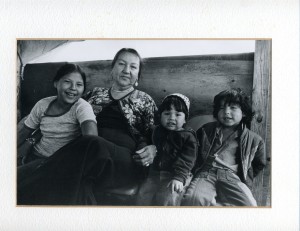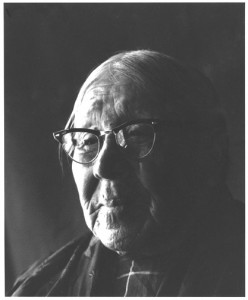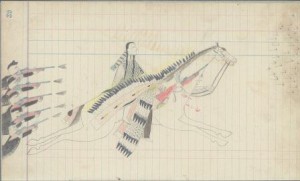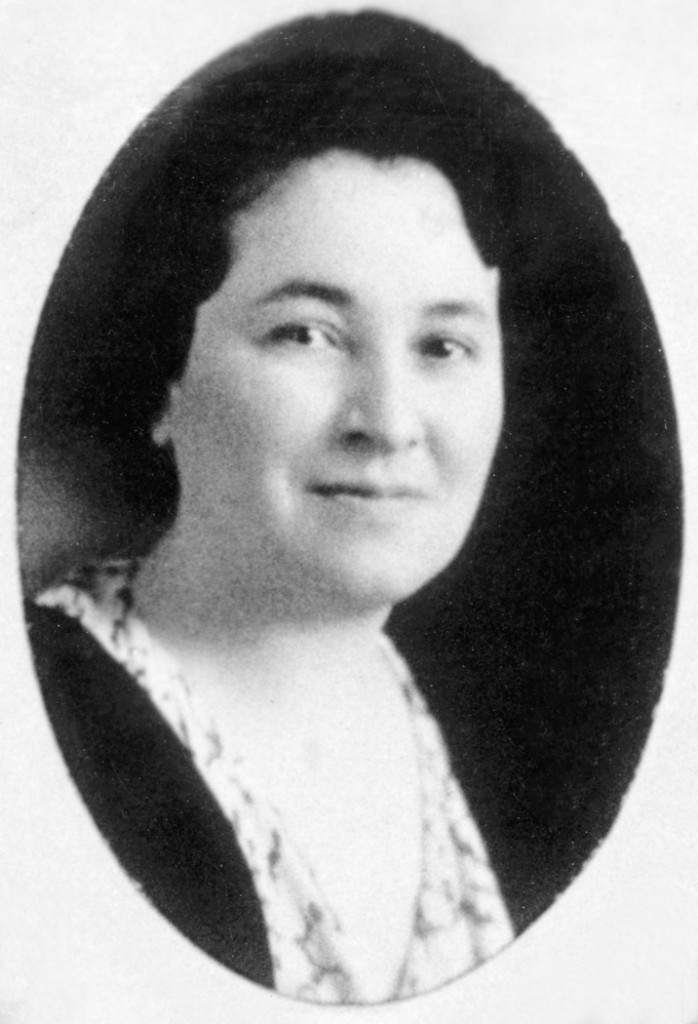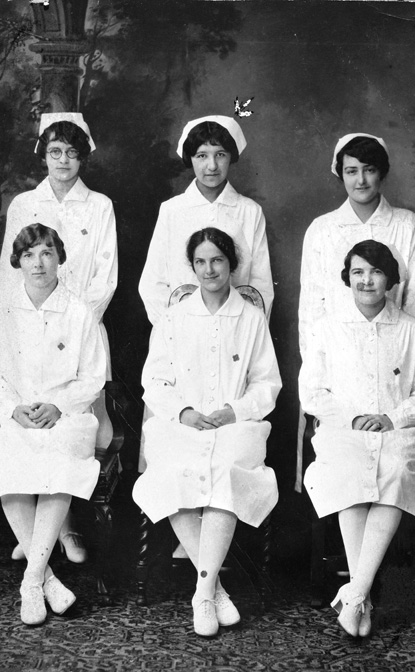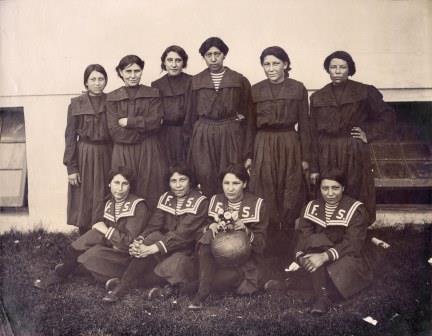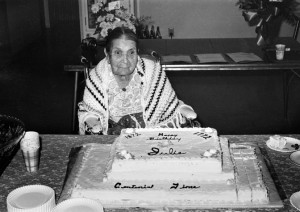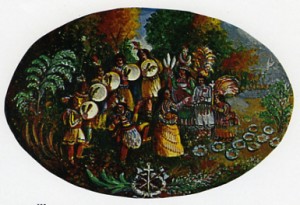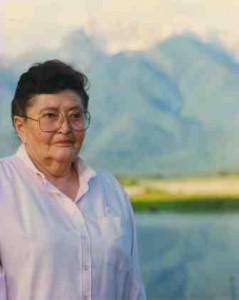
“Politics, one way or another, controls your destiny. Choose yours today,” read a 1974 announcement written by Lucille Otter on the front page of the confederated Salish, Kootenai and Pend d’Oreille tribes’ newspaper. Empowering tribal members to exercise their right to vote was one of the many ways Lucille Trosper Roullier Otter helped Indian people better their condition in life.
Lucille Trosper was born in 1916 on the Flathead Indian Reservation to Angeline McCloud, a member of the Salish tribe, and Belford Trosper. She grew up hunting and fishing with her brothers—activities that inspired her dedication to conservation efforts in the Flathead region. She graduated from Ronan High School in 1933. Although Lucille did exceptionally well in school, she did not attend college because her father objected.
Jobs were scarce in Montana during the Great Depression and nearly nonexistent on the reservation. “Life was terrible!” Lucille recalled. She worked briefly for the Works Progress Administration before being hired in 1934 to work at the Dixon headquarters of the Indian Division of the Civilian Conservation Corps, becoming the first woman to work in an administrative capacity in the Indian CCC. She was in charge of budgeting ICCC projects, keeping accounts, and overseeing payroll and purchase orders for the ICCC camps. The ICCC enrollees called her “buddy.” Continue reading Lucille Otter: Doing Good for Tribe and Country
